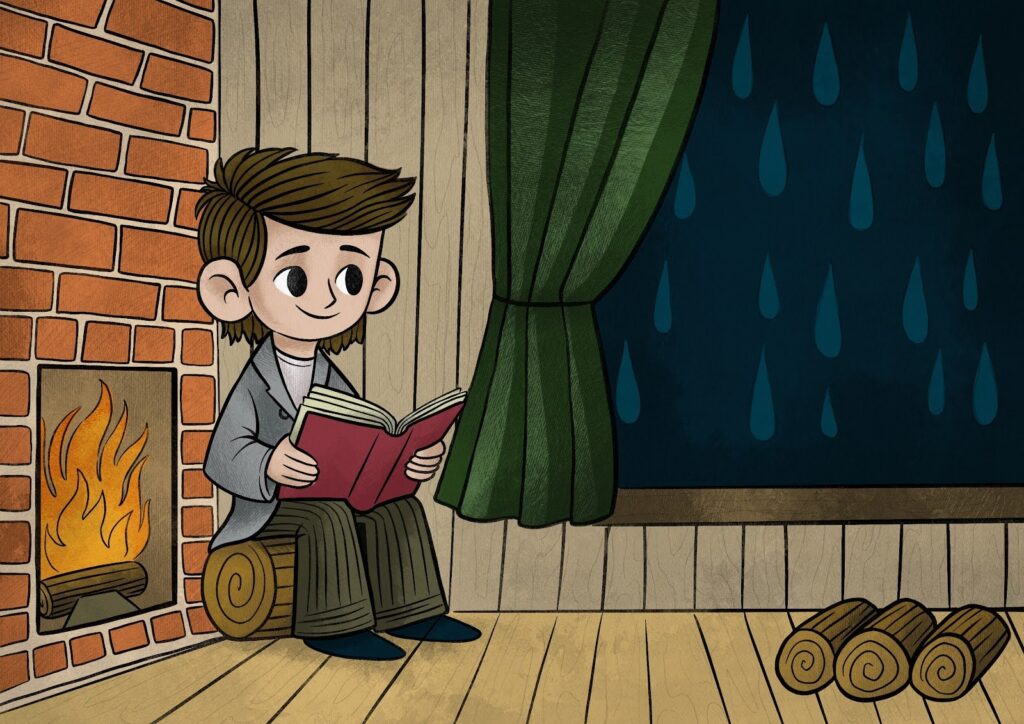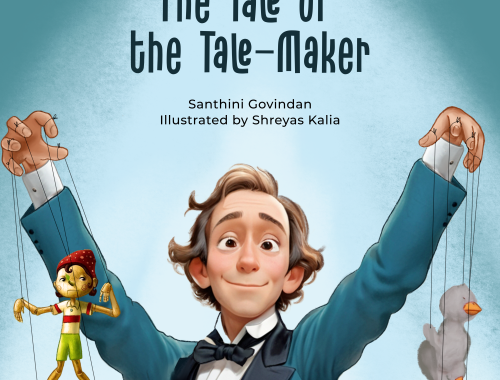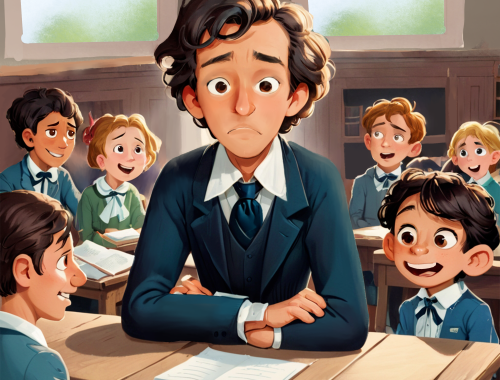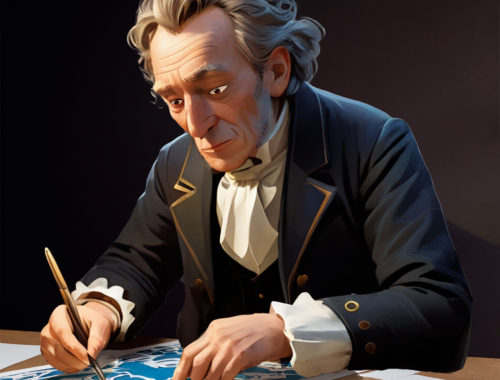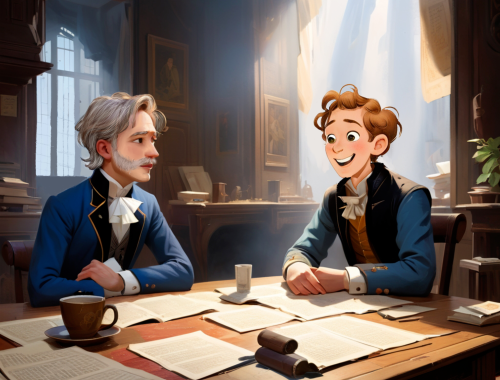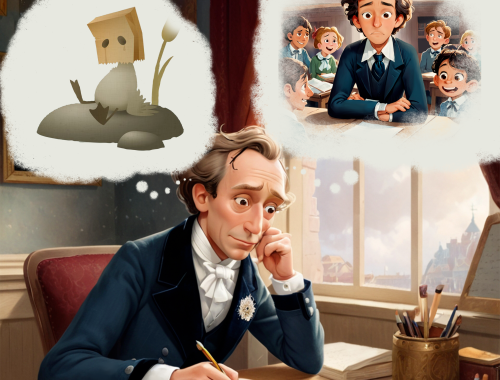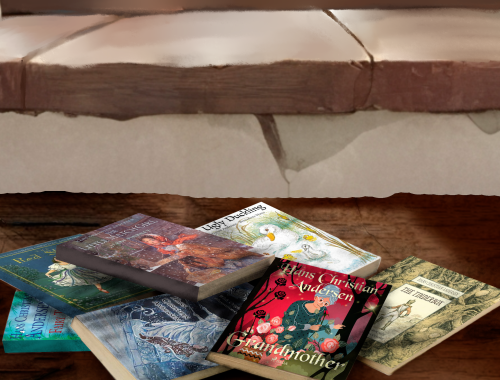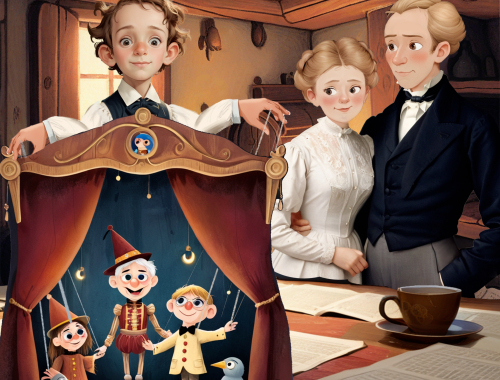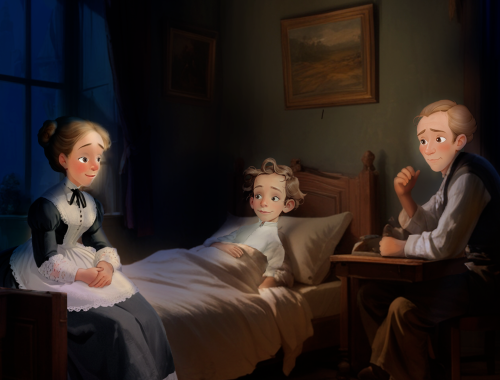New Video
See the story unfold
Tollit referrentur contentiones an sed. Ius tacimates defini tione, quoprimatum dicunt labitur te. Te debet tibique.
Meet our dreamer:
This inspiring true story follows young Hans Christian Andersen, a boy with big dreams despite constant setbacks. From a clumsy singer to a rejected playwright, his path was marked by failure and hardship. Yet, this lonely, bullied child never stopped weaving stories. Discover his magical rise to becoming the legendary author of beloved fairy tales like The Ugly Duckling and The Little Match Girl, proving that the greatest talents can emerge from the deepest struggles.

. Long ago, there lived a lanky boy in the cold city of Odense, Denmark. He was slender with such long nose and bigger dreams, that you wouldn’t miss him in a busy street. He loved stories more than toys, and imagined whole worlds just by looking at theatre posters.

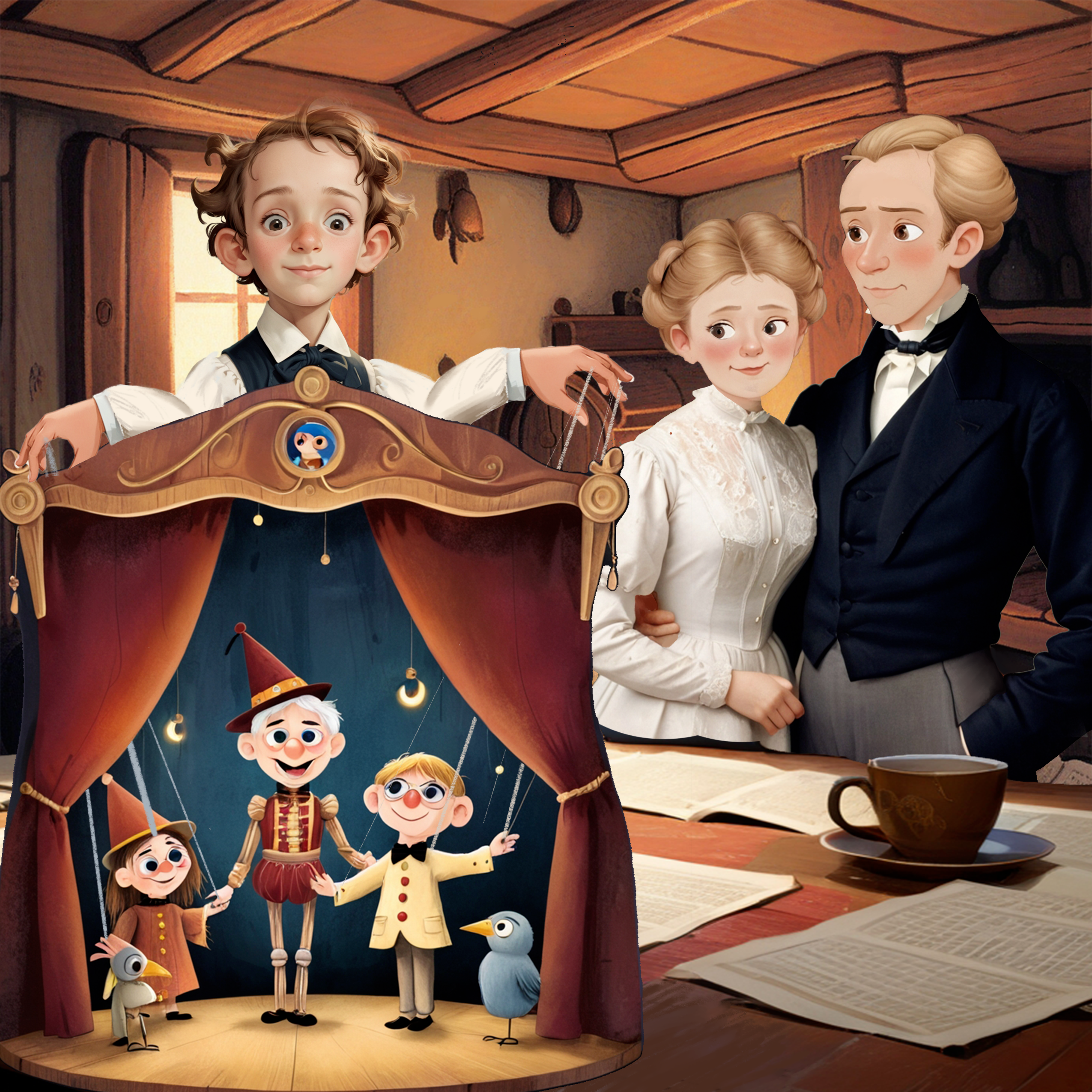
His parents were poor but kind. His shoemaker father read him tales from faraway lands, and his washerwoman mother was illiterate, and couldn’t read any books. So, she told him stories from Danish folklores. His father made him a little theatre for puppet shows, and this fueled little boy’s imagination.
When his father died, the boy moved with his mother to the grand city of Copenhagen. He had been fascinated by the theatre from a young age, and had delighted in seeing a live performance on the rare occasions when he had gone to the theatre with his parents. He hoped to become an actor, singer, or dancer at the royal theatre.

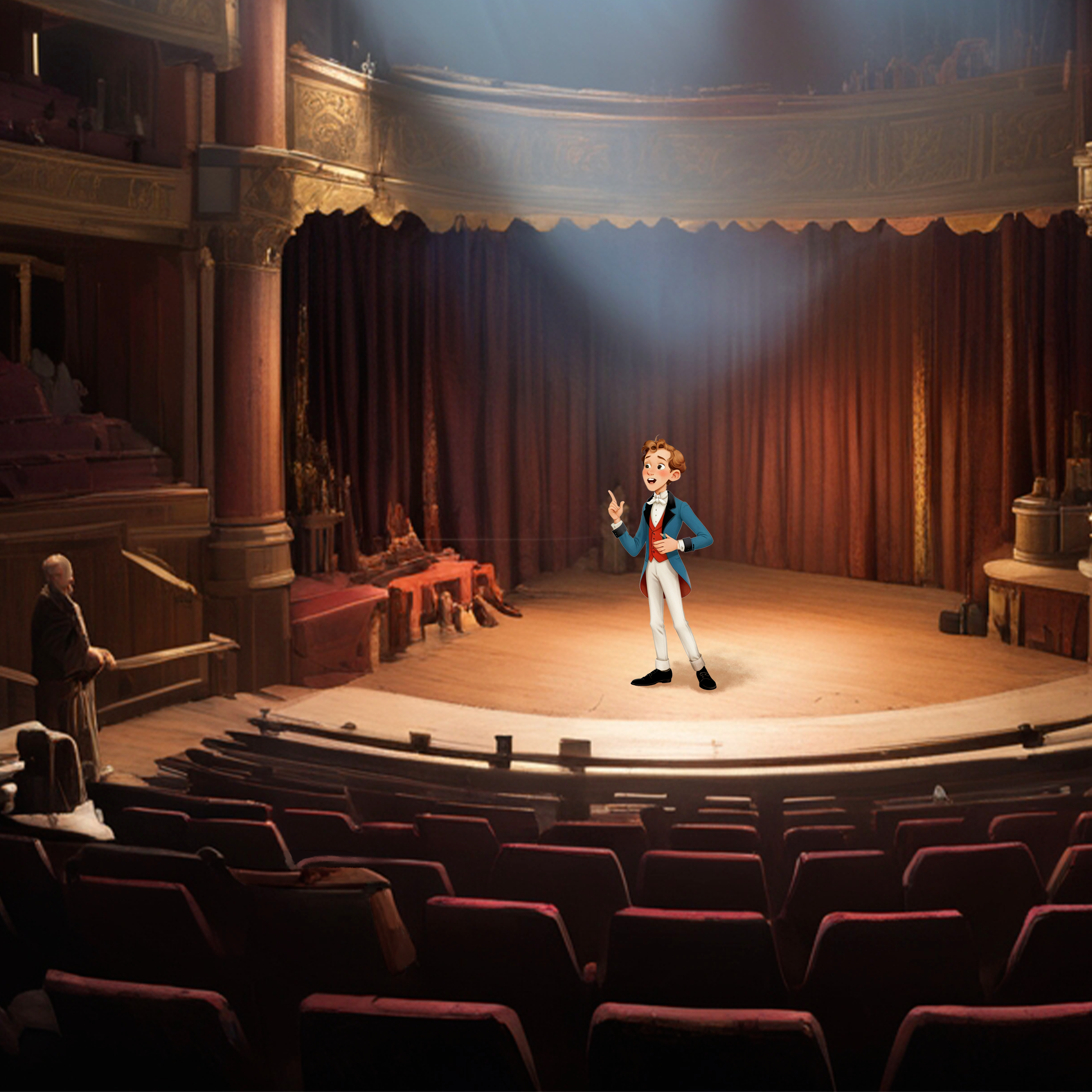
But no matter how hard he tried, singing, dancing or acting nothing worked. His voice cracked, his feet stumbled, and the judges shook their heads.
Do you think the little boy had any talent?
Still, he didn’t give up. He worked at the theatre doing small jobs and started writing little plays. he wrote two plays, and submitted them in the hopes of seeing them performed. The theatre managers rejected both the plays, but summoned Andersen, and told him that his work needed to be refined.
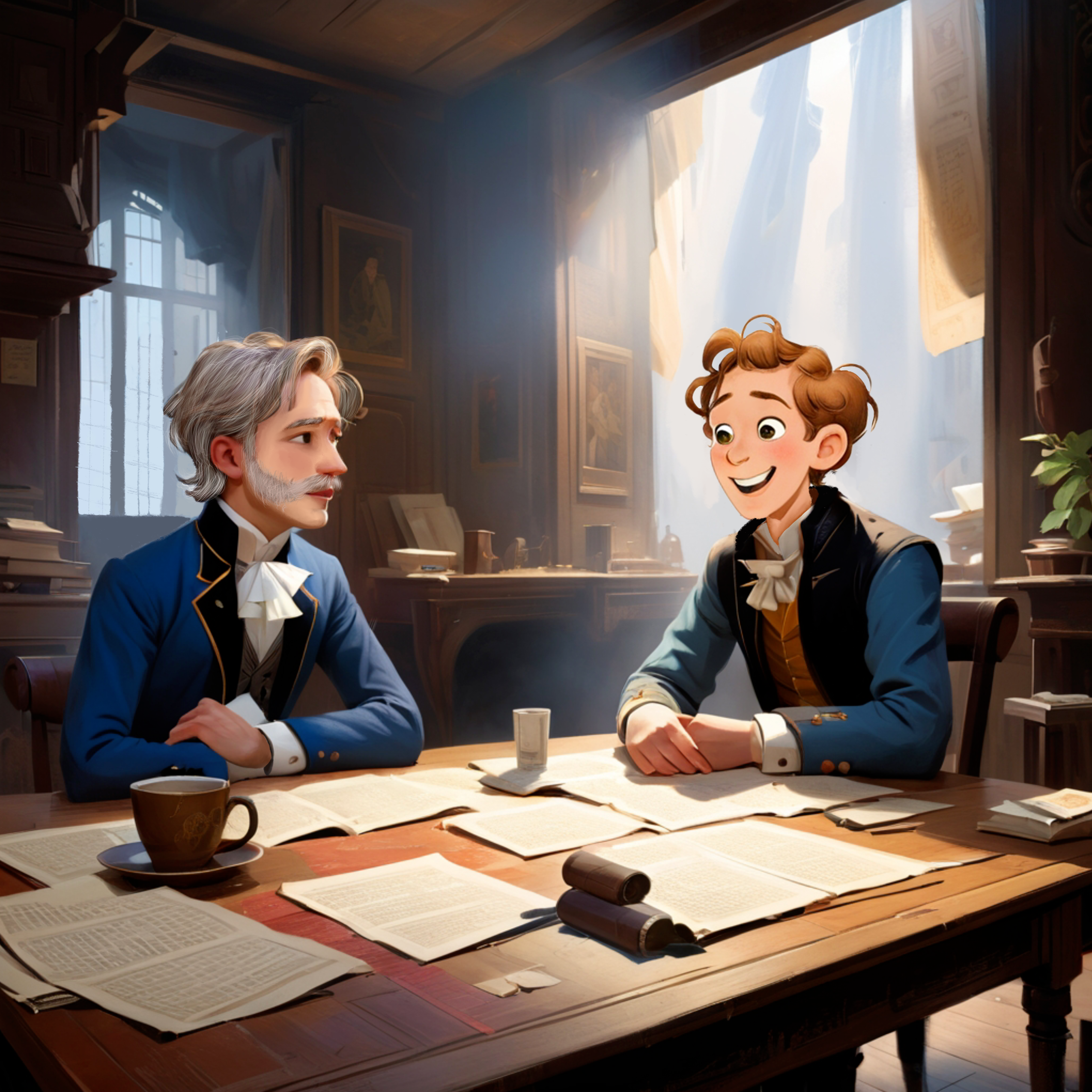
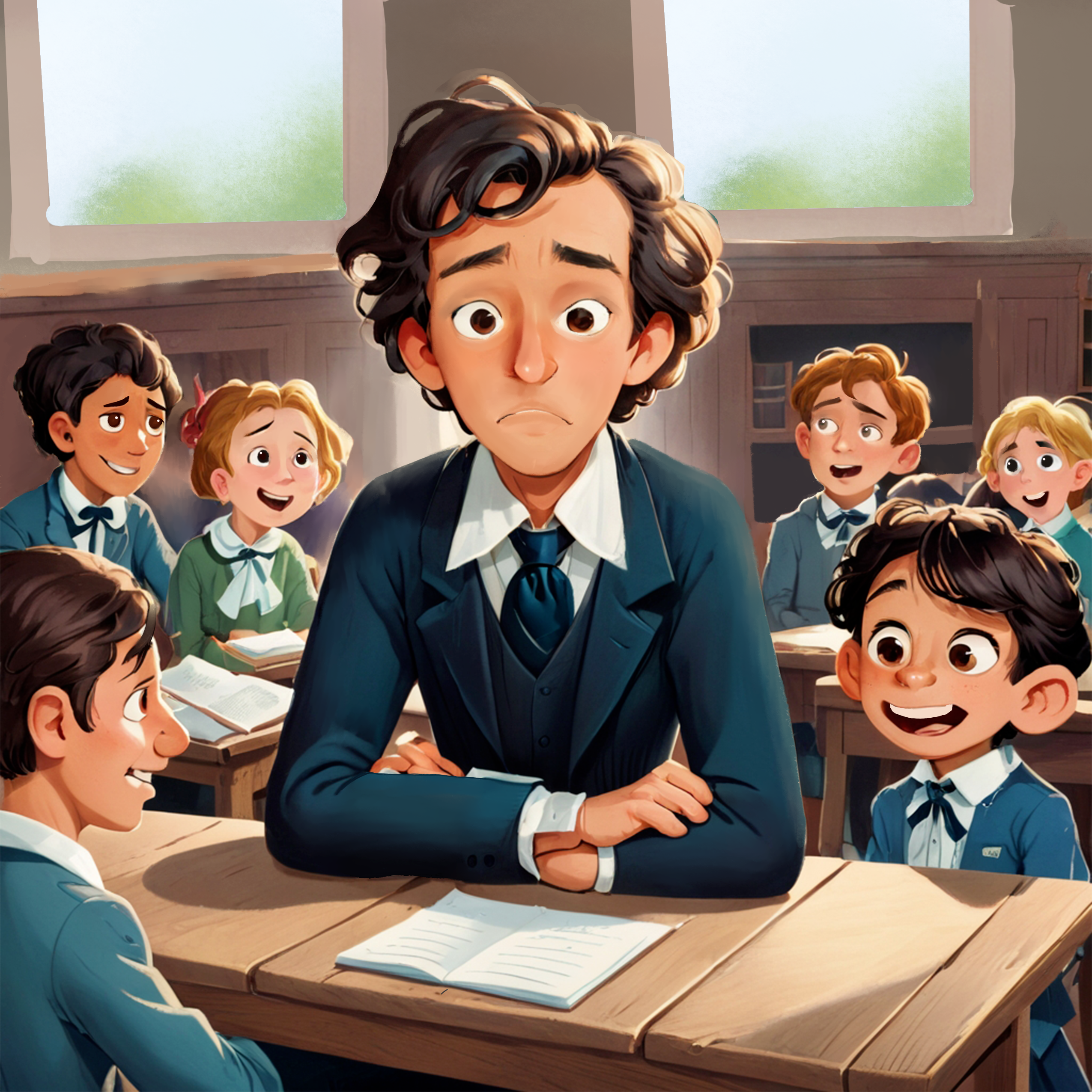
. They offered to send him to grammar school on a grant from the state so that he could get a basic education. His writing wasn’t perfect, but a few kind people saw promise. He joined the Grammar School, where he had to start learning right from the beginning, in a class with much younger students. He was mocked and bullied by the other students, and treated harshly by the headmaster.
. After his studies in the University in Copenhagen, a few of his first writings were first published. With the grant money he received, he used it to travel across Europe, collecting strange, beautiful stories of those places. He kept writing, writing, writing—plays, poems, and novels—but none became famous.
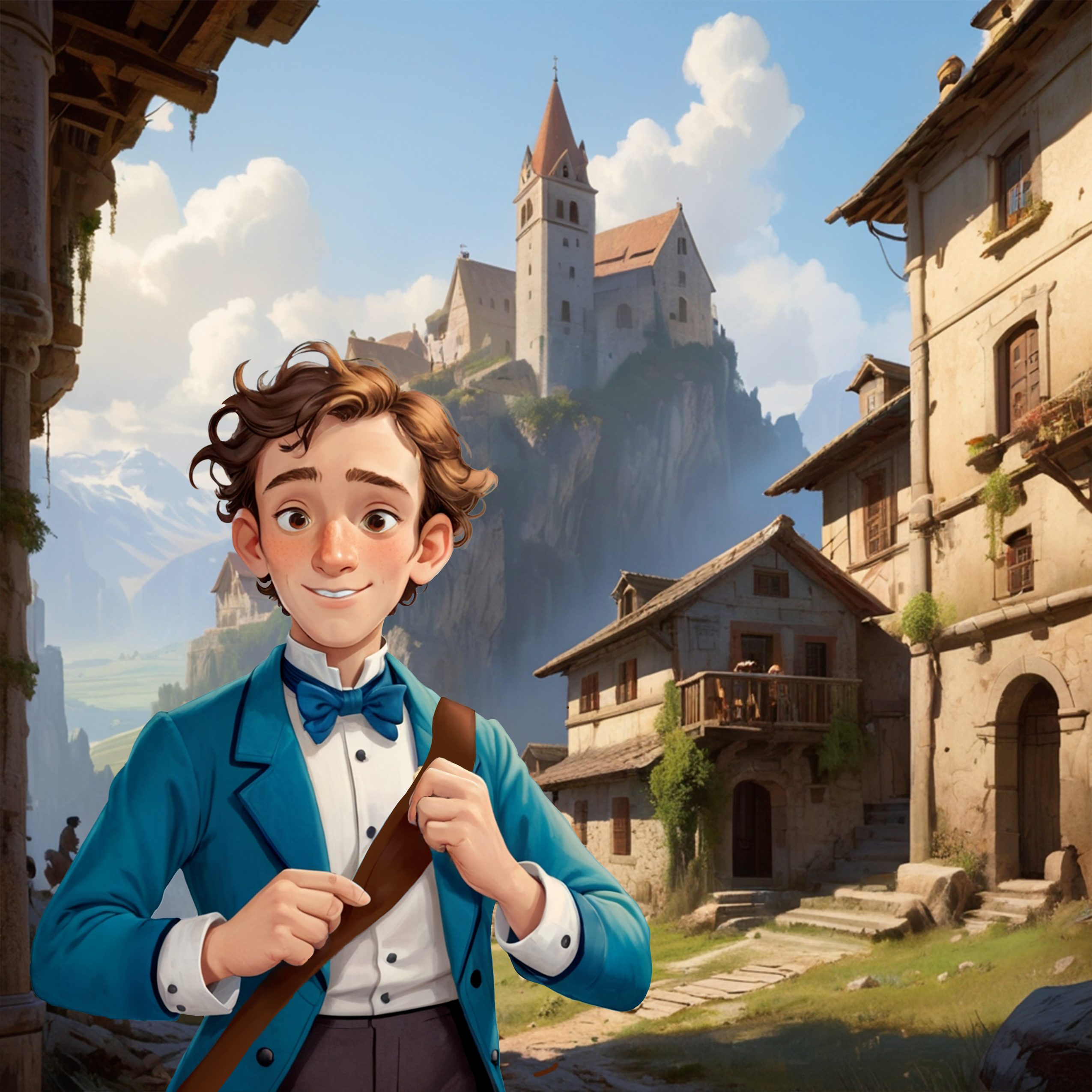
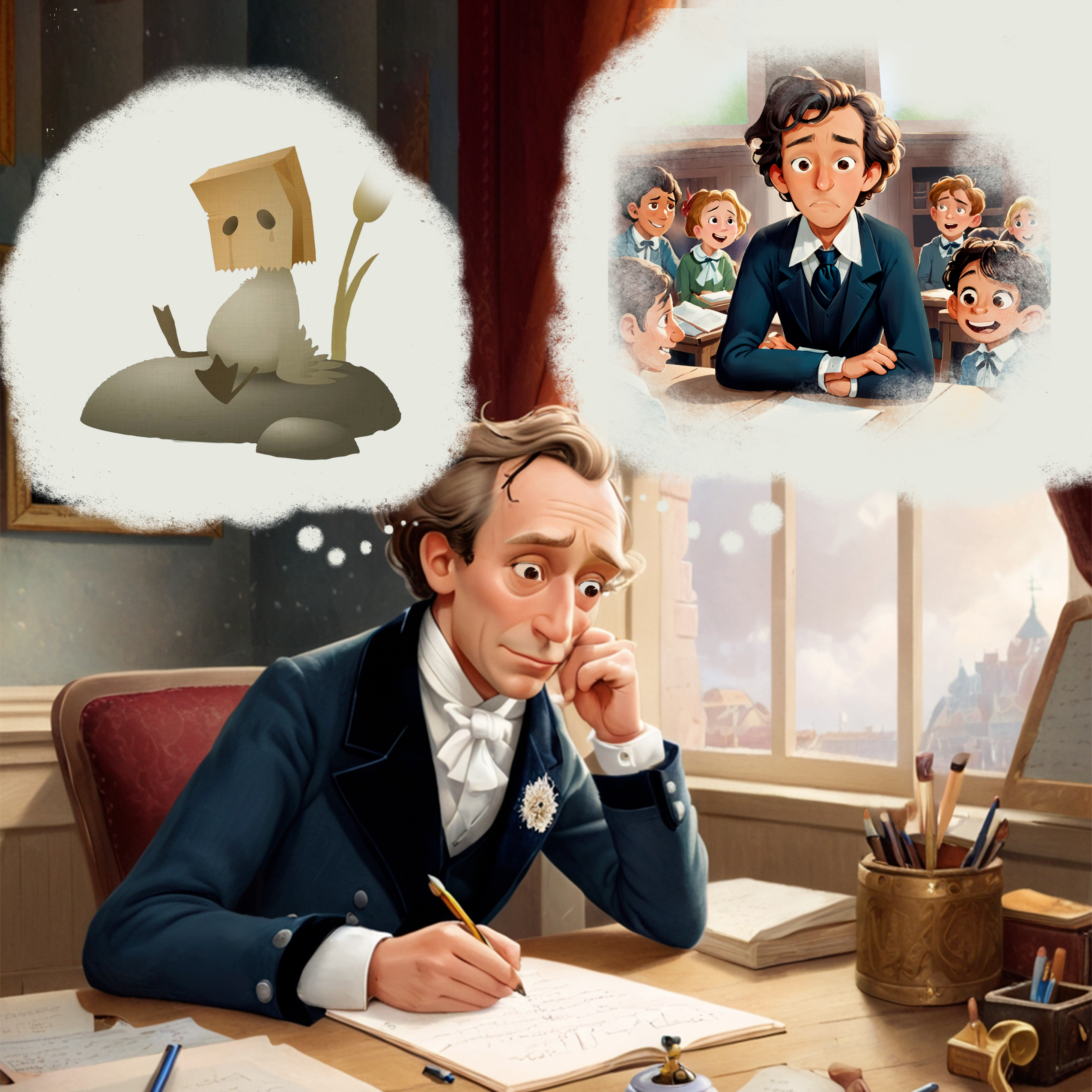
Then one day, he wrote a story that he had created using his imagination as a child. The new shoes he was given for his first Communion were transformed into the red shoes in the story of the same name. Then he wrote another story about his mother’s flower-boxes with their flowers and herbs in a story of a Snow Queen. Then another. And another. They were full of magic, sadness, and hope—like the story of a poor girl with a match box in the snow, or an odd duck who became a swan.
Then one day, he wrote a story that he had created using his imagination as a child. The new shoes he was given for his first Communion were transformed into the red shoes in the story of the same name. Then he wrote another story about his mother’s flower-boxes with their flowers and herbs in a story of a Snow Queen. Then another. And another. They were full of magic, sadness, and hope—like the story of a poor girl with a match box in the snow, or an odd duck who became a swan.
The world loved them. Readers young and old began to treasure these tales, never knowing that the boy behind them had once failed at everything he tried. The world came to know him as the remarkable story teller, but not everyone knew that he was also an enthusiastic amateur paper cutter.

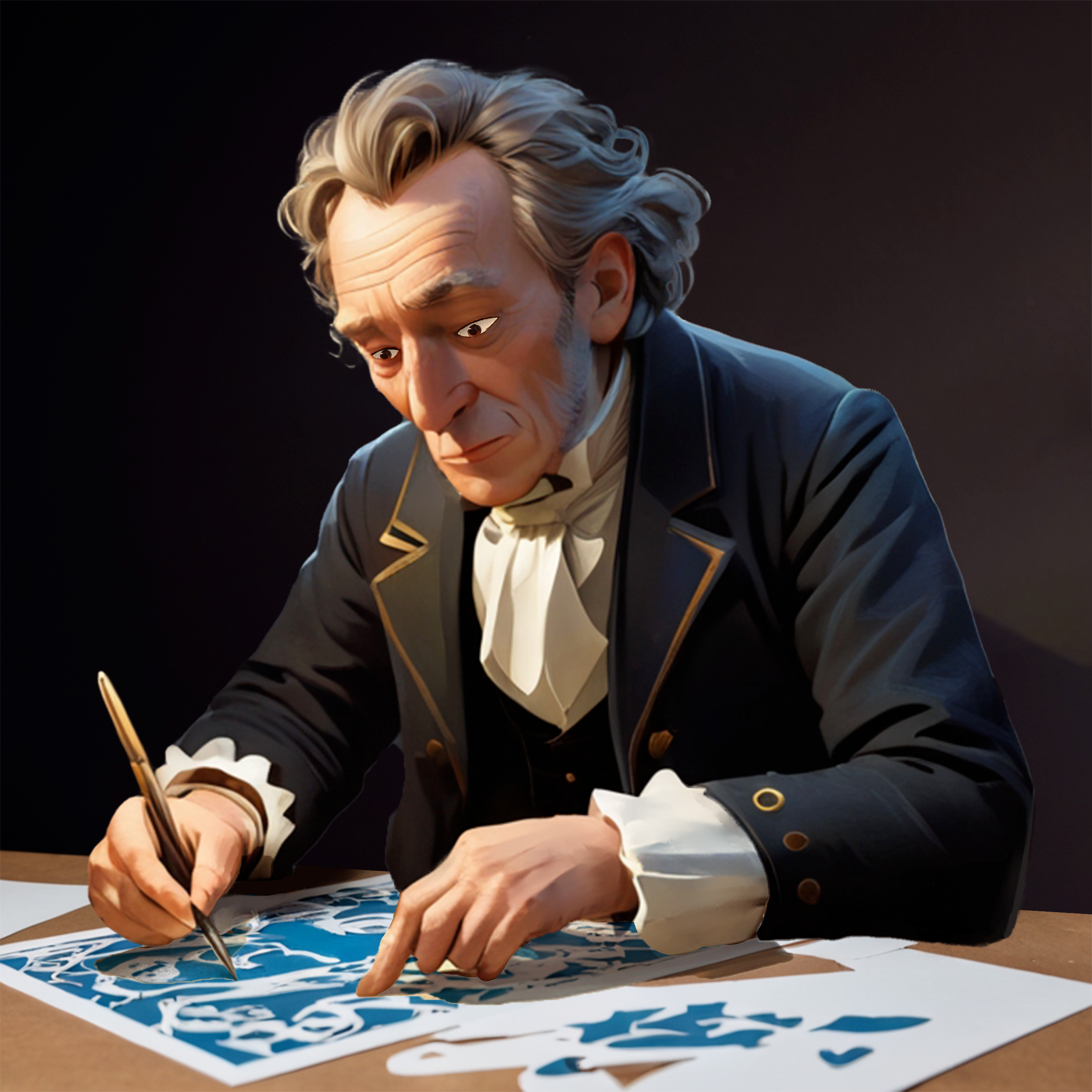
. And that is how a boy named Hans Christian Andersen—once a poor dreamer with no success—became one of the greatest fairy tale writers the world has ever known. Andersen wrote his stories just as he would have told them. “The real ones come of themselves,” he said. “They knock at my forehead and say, ‘Here I am.”
. And that is how a boy named Hans Christian Andersen—once a poor dreamer with no success—became one of the greatest fairy tale writers the world has ever known. Andersen wrote his stories just as he would have told them. “The real ones come of themselves,” he said. “They knock at my forehead and say, ‘Here I am.”
Tollit referrentur contentiones an sed. Ius tacimates defini tione, quoprimatum dicunt labitur te. Te debet tibique.
Meet the artist:
Hans Christian Andersen (1805–1875) is celebrated worldwide for over 160 beloved fairy tales, including The Ugly Duckling, The Emperor’s New Clothes, and The Princess and the Pea, translated into more than 150 languages. Beyond his iconic storytelling, Andersen was a talented amateur paper cutter. While entertaining friends and their children with stories, he would fold and cut paper into whimsical scenes of masks, clowns, ballet dancers, angels, swans, and palm trees, each telling its own unique narrative. During the Second Schleswig War of 1864, he sold these intricate cut-outs to raise funds for families of fallen Danish soldiers.
